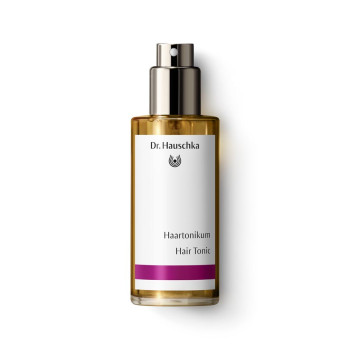
Greater Burdock
Synonyms: Lappa, Fox's Clote, Thorny Burr, Beggar's Buttons, Cockle Buttons, Love Leaves, Philanthropium, Personata, Happy Major, Clot-Bur
Scientific Name: Arctium lappa L.
Family: Asteraceae (Compositae)
Habitat
Greater Burdock is found throughout Europe, Africa, northern Asia and North America. It was introduced to the American continent by chance.
Constituents
Inulin, mucilage, polyacetylenes, essential oil, tannin, bitter substances, sitosterol, antibiotic substances, fungicidal substances, possibly also antineoplastic substances.
Description
To cling like a burr. Anyone who brushes against a burdock plant while out for a walk will soon understand where this not very flattering expression comes from. The tips of the involucral bracts, which seem to make up the greater part of the flowerheads, are adorned with stiff barbs which attach themselves firmly to clothing or to the coats of animals. The biennial herb can reach a height of three meters. Its often reddish tinged, branched and furrowed, pithy stem is correspondingly strong. The leaf stalks are covered with woolly hairs and carry heart- to egg-shaped leaves which are green and downy on the top and grey and felt-like on the underside. The leaves are very large at the bottom of the plant but get smaller towards the top. In July and August the plant is crowned with loose clusters of inflorescences. From the center of the spherical prickly heads which measure about 3 cm the bluish red flowers peer out over the rim of barbs. As with all Compositae the flowerhead is made up of many single florets. You have to look very closely to see that you are looking not at one but at many individual, tubular flowers. What you don't see is the strong fleshy root which reaches to a depth of 60 cm and keeps the burdock firmly anchored in the ground.
Burdock is very often found in areas which are spurned by more demanding plants: by waysides, fences, walls and dykes, on waste ground and on the banks of streams.
Interesting Facts
Greater Burdock gets its scientific name from the shaggy appearance of the heads produced by the numerous hooked barbs. Arctium is derived from the Greek word arctos = bear, lappa means rough. The suffix dock in the common name refers to the large leaves which resemble those of dock plants (Rumex).
Greater Burdock can also be eaten. The young shoots make a tasty salad. And the roots can be eaten as a vegetable like salsify. During the war it was roasted and used as coffee substitute.
In Franconia, cows which were taken to the bull had consecrated garlands of Burdock attached to their tails to prevent witches from doing the animals any harm.
Incidentally, you can have fun with children making little dolls out of the flowerheads.
The plant from another perspective
There is something ungainly and dark about the appearance of the Greater Burdock plant. The green of the leaves appears darkened by a trace of black, the large leaves cast shadows around the plant, the barbs of the flowerheads appear like a coat of armor. The delicate, almost concealed purple flowers seem to stand in stark contradiction to this. The ancient healers did not see this as a contradiction, though, but as the ability of the Burdock to overcome the darkness and transform it into new vitality. Greater Burdock was therefore always used where the body had to cope with many toxins. This helps us to understand why burdock root is used in the treatment of rheumatism.
The plant in our products
Greater Burdock is found in:




